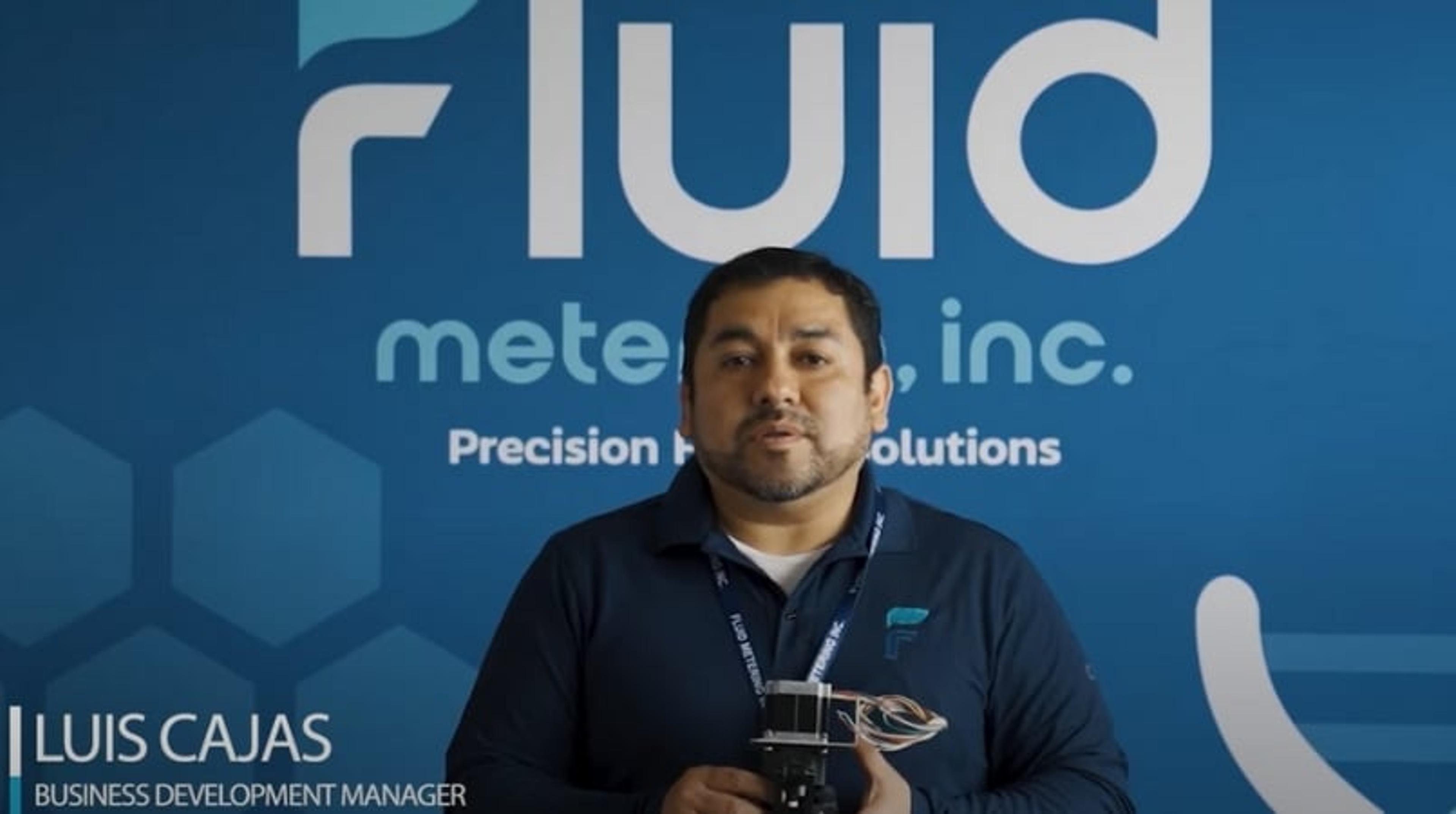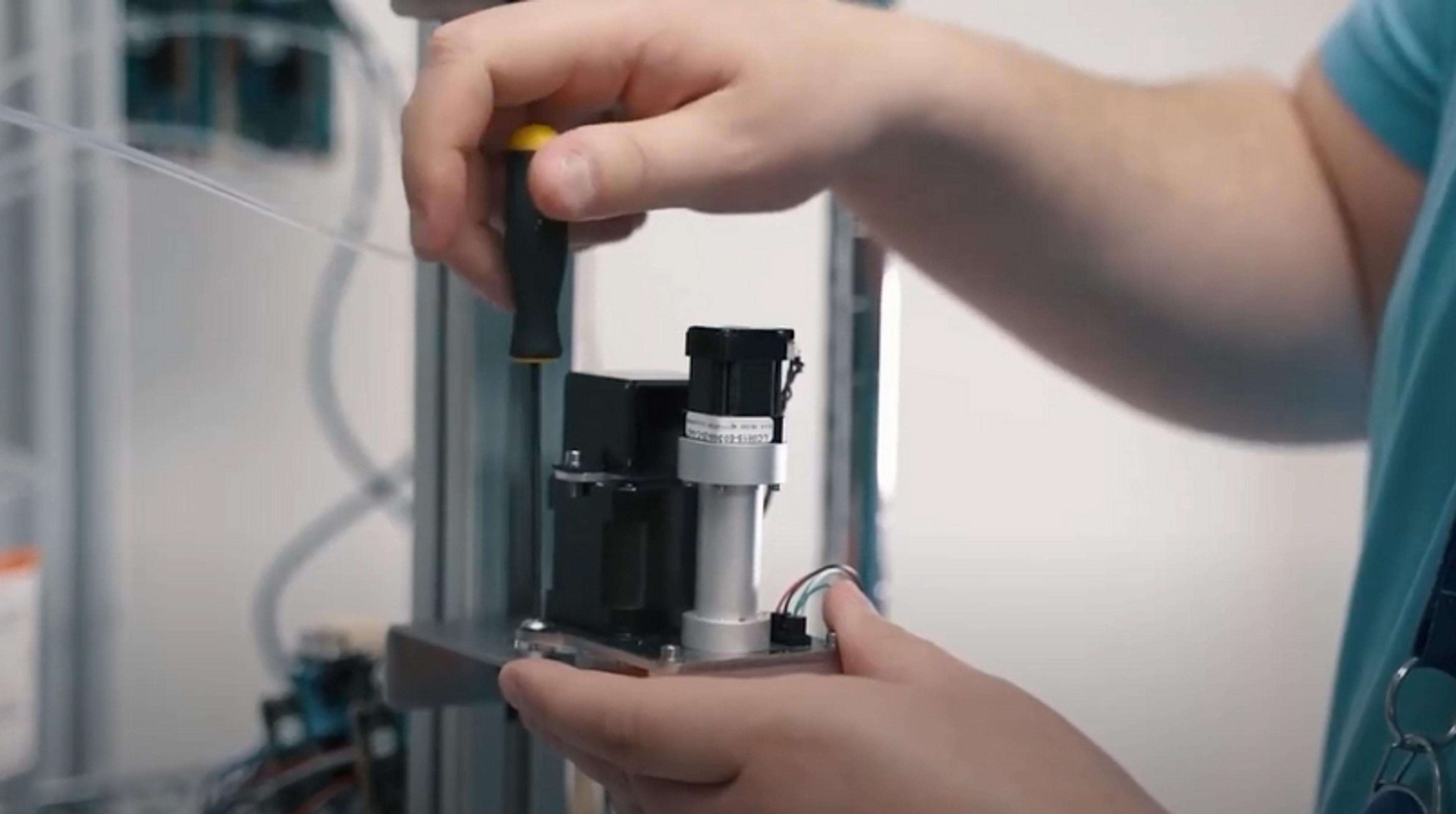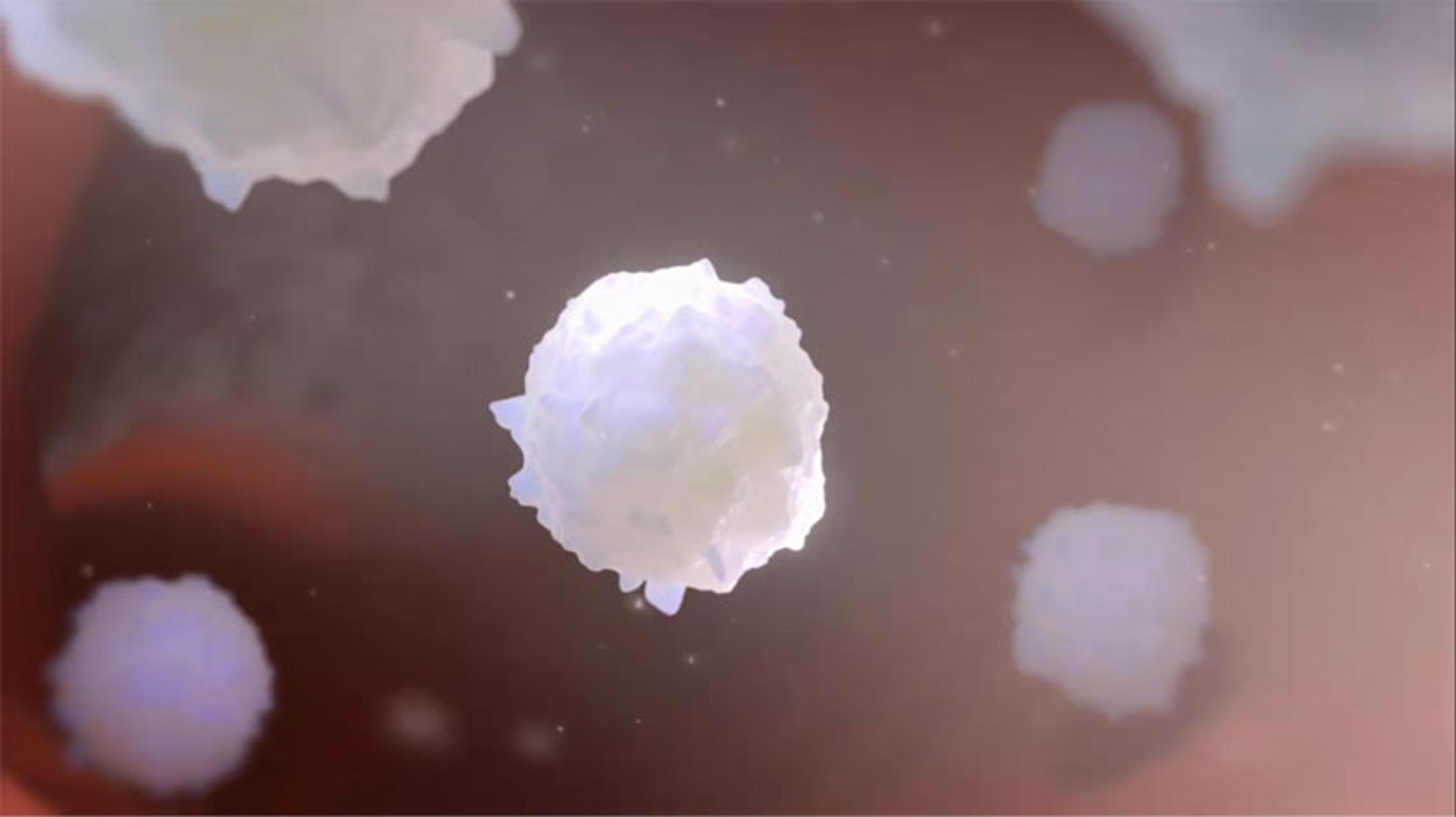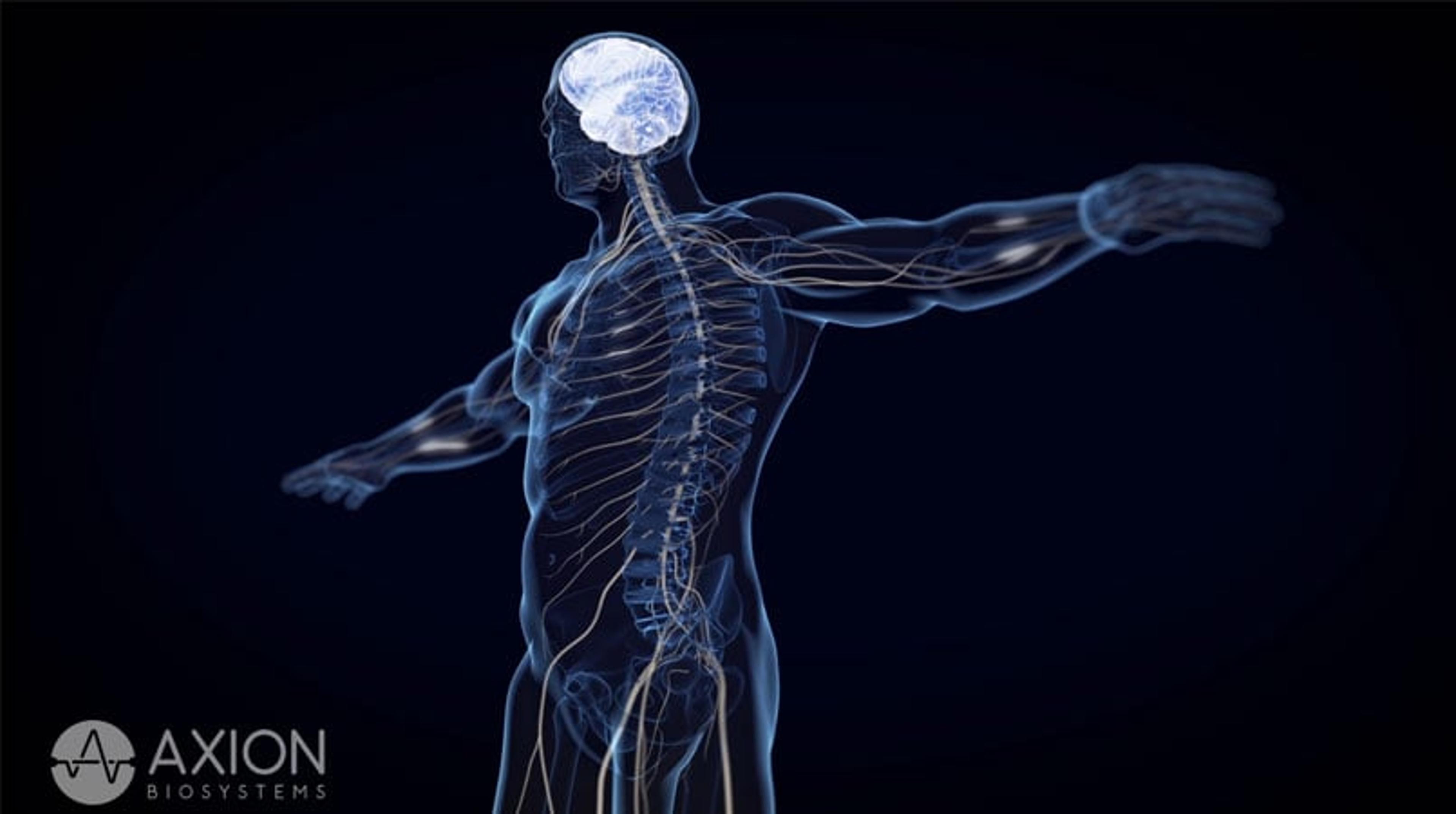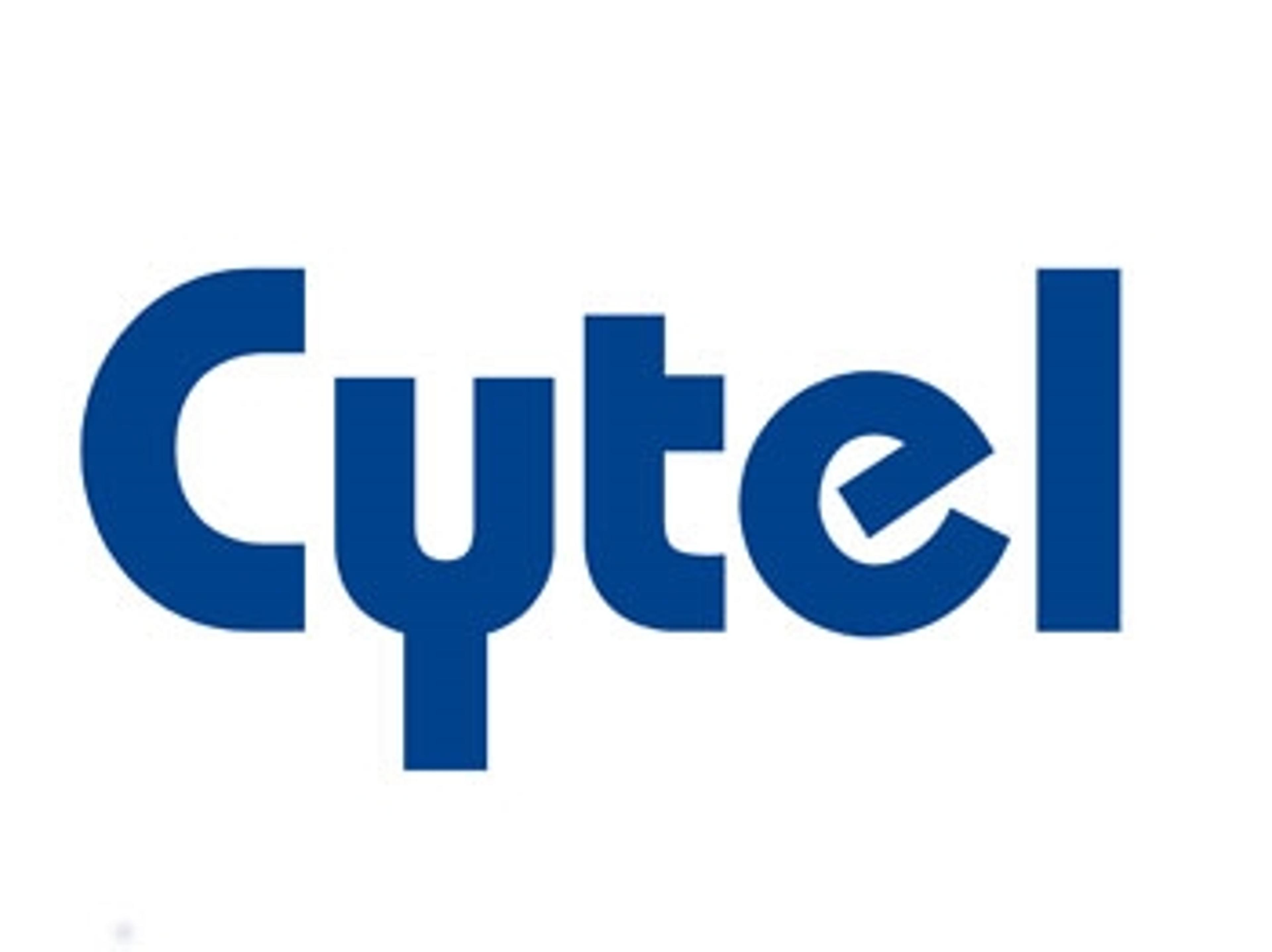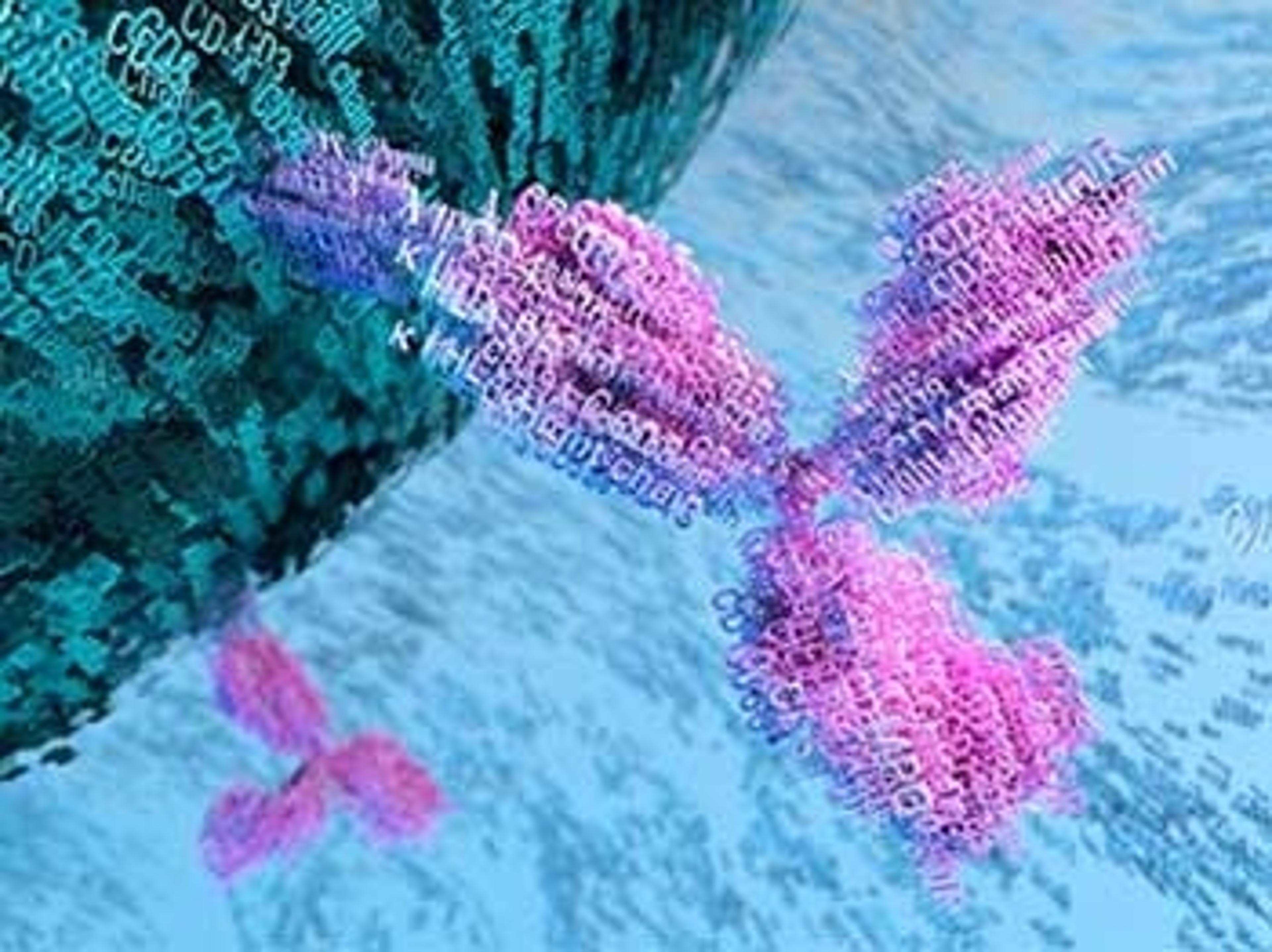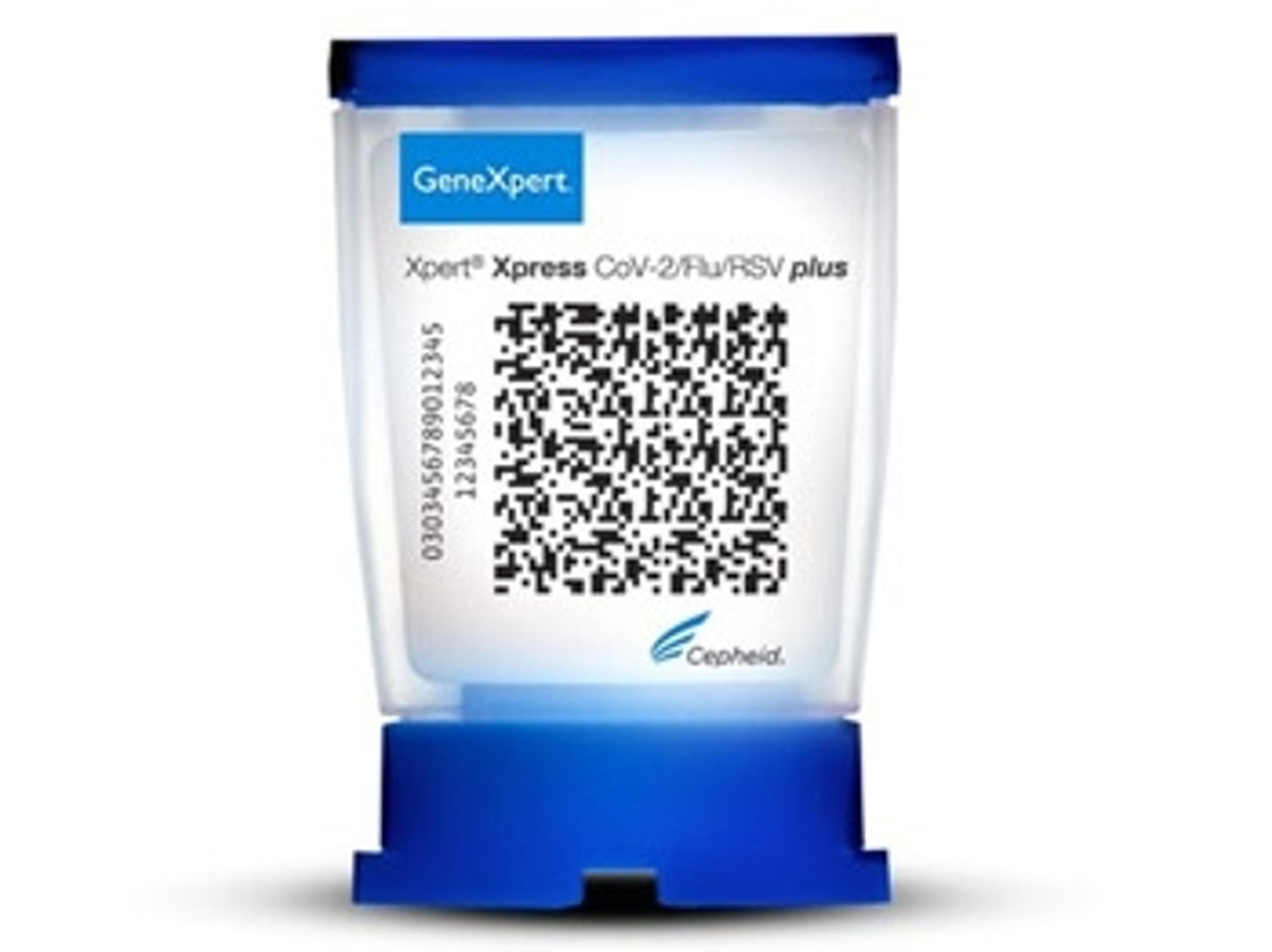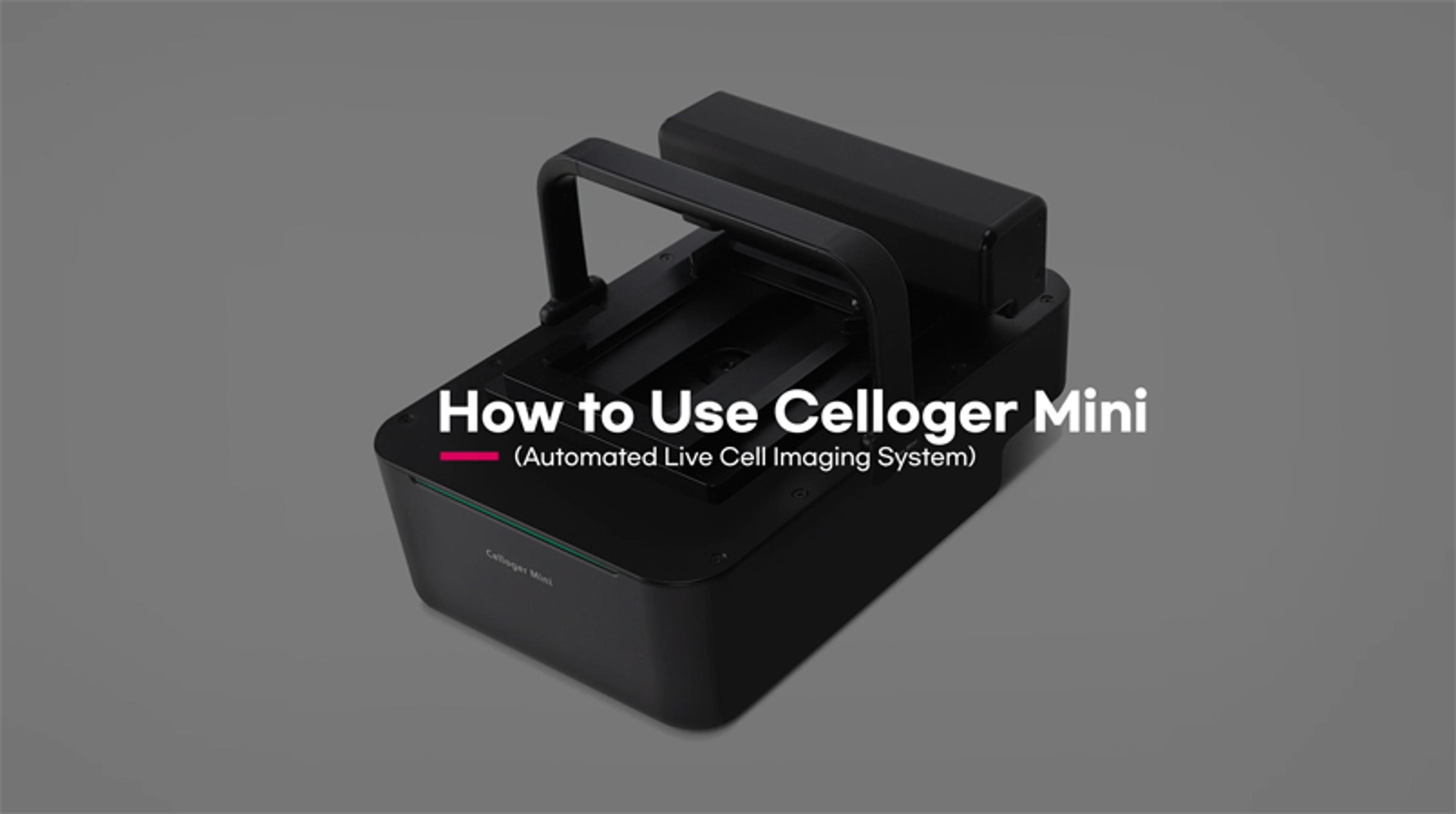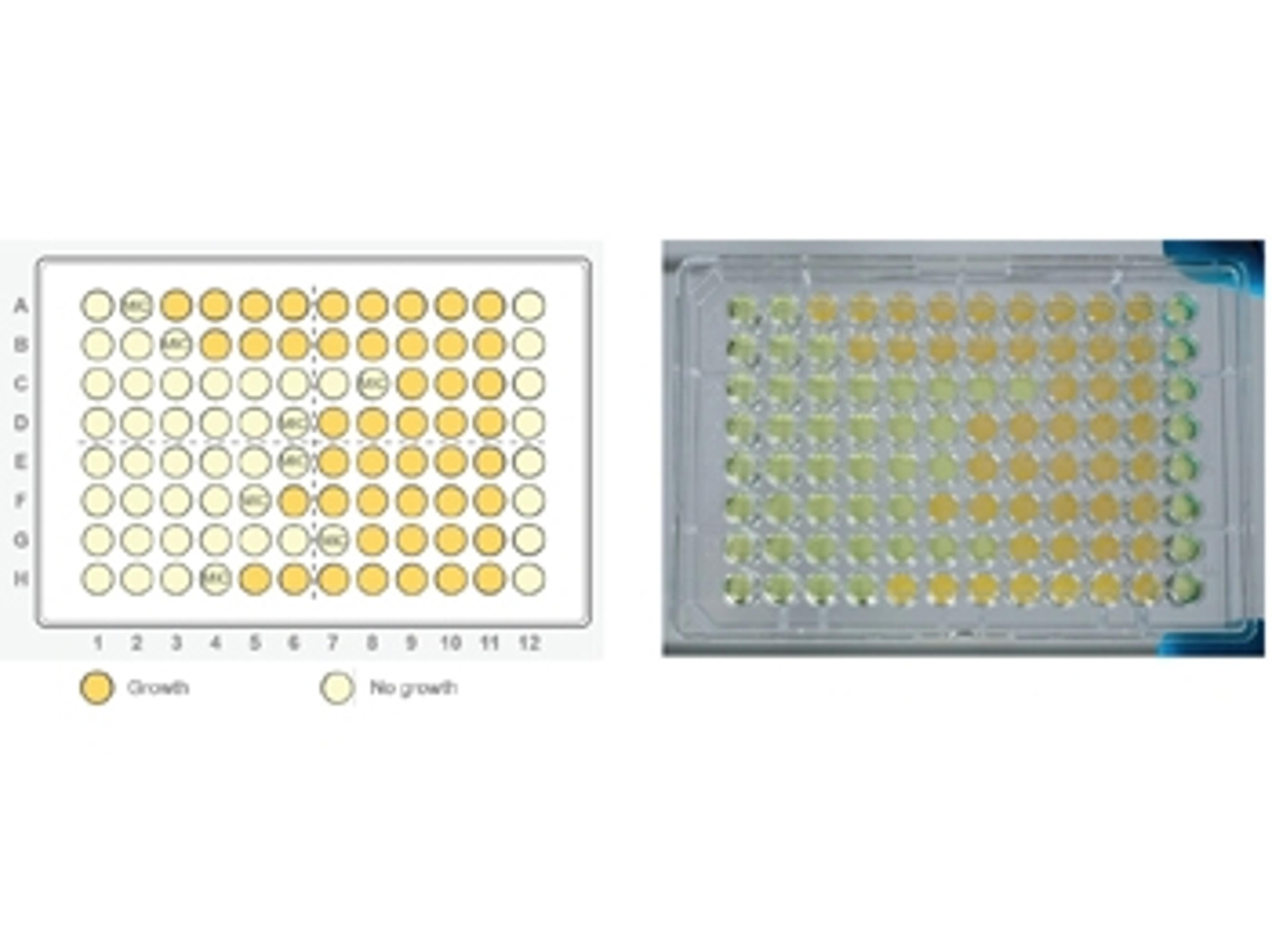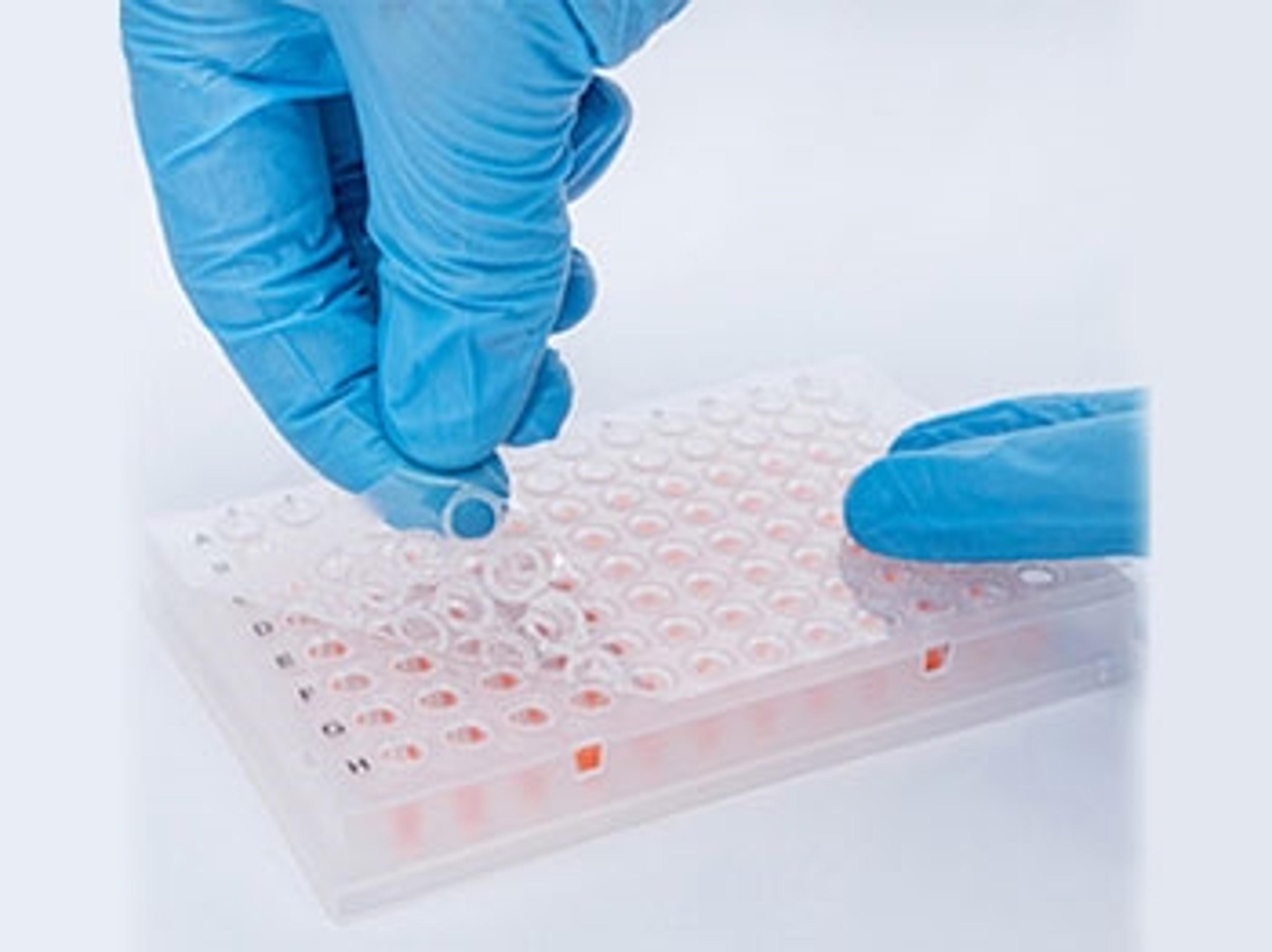Search results for "minichiller"
Selected Filters:
Fluid Metering presents the STF-Q
Fluid Metering presents the Sub Microliter Pump
What is immunotherapy?
What is MEA?
The use of probabilistic genotyping software in forensic DNA analysis
In this guest editorial, Dr. Michael Coble discusses how probabilistic genotyping (PG) software has revolutionized the ability of forensic labs to interpret DNA profiles
Seegene receives CE-IVD mark for use of Combo Swab, a self-collection device with four COVID-19 diagnostic tests
Offering user-friendly, efficient specimen collection, the Combo Swab is expected to dramatically improve COVID-19 testing efficiency
Inexpensive drug, Fluvoxamine, confirmed as a COVID-19 treatment using Cytel-designed platform trial
Using Cytel’s expertise, the TOGETHER Trial simultaneously tests multiple repurposed therapies
The ultimate guide to live-cell imaging
Tired of manual staining? Meet the LabSat research platform
How to set up and use the FACSCOPE B
How to set up and use the CELLOGER MINI
Increased cellular avidity upon combining multi-targeting and co-stimulation leads to enhanced CAR-T cell sensitivity and persistence
Watch this on-demand webinar to learn about the cell avidity technology advancing CAR-T cell therapy research
Why your glassware washer is a key ingredient for a more sustainable lab
Watch this on-demand webinar for a number of case studies from labs across the world with a particular focus on lab glassware washers
INTEGRA automated pipetting solutions assist antibiotic development
Discover how INTEGRA pipetting systems can streamline routine pipetting tasks for more efficient and productive workflows in antibiotic development


